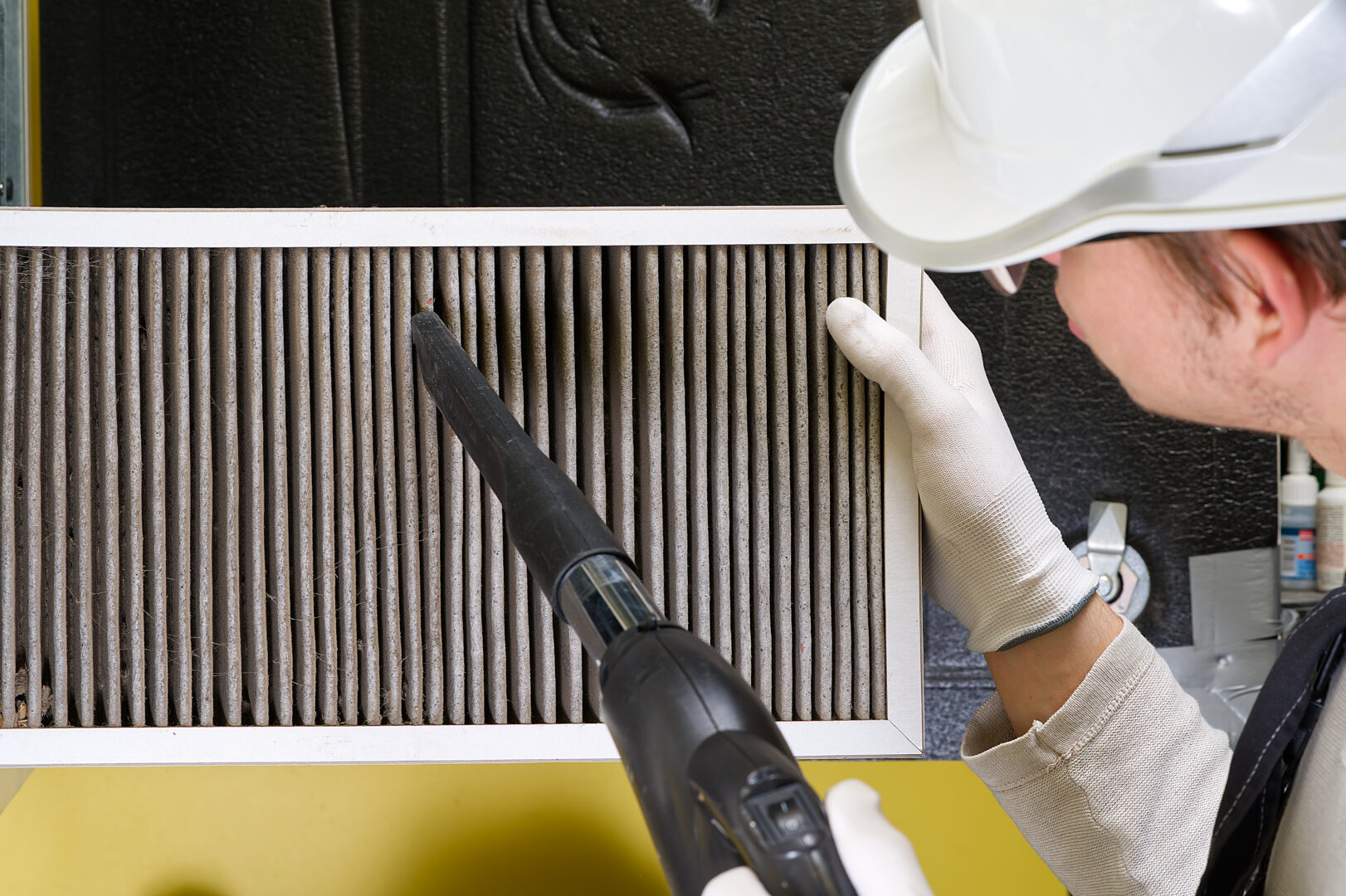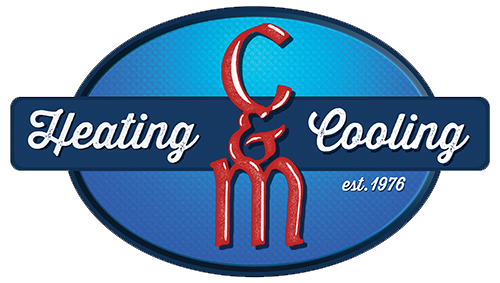Comfort. Energy Expenses. Safety. Value

HVAC Industry Developments to Look for in 2026
Posted by: jlbworks
Posted on: November 19, 2025
As we move into 2026, the HVAC industry is poised for major transformations. Driven by energy efficiency standards, smart technology, and eco-friendly innovation, homeowners can expect significant changes in how heating and cooling systems operate.
Whether you’re upgrading your unit or simply staying informed, understanding these trends can help you make smarter, more sustainable choices for your home.
Stricter Energy Efficiency Standards
One of the most important decisions in 2026 will be the next wave of Department of Energy (DOE) efficiency regulations. Following updates introduced in 2023, HVAC manufacturers are preparing for even higher efficiency standards across heating and cooling units.
This means homeowners can expect:
- SEER2 (Seasonal Energy Efficiency Ratio 2) ratings to play an even bigger role in system selection.
- Increased demand for variable-speed compressors and inverter technology to optimize performance.
- Greater availability of ENERGY STAR-certified systems designed to reduce long-term utility costs.
The push for sustainability isn’t slowing down. It’s making systems quieter, smarter, and cheaper to operate over time.
Rise of Smart HVAC Systems
Smart thermostats have been around for years, but 2026 will bring an entirely connected experience. Advanced HVAC systems are now integrating with full smart home networks, allowing homeowners to monitor and control indoor climate through voice commands, mobile apps, and even artificial intelligence.
These systems will learn your preferences, track weather conditions, and automatically adjust for comfort and efficiency. Expect more predictive maintenance alerts, energy usage reports, and AI-driven diagnostics that reduce the need for unexpected service calls.
Shift Toward Eco-Friendly Refrigerants
Environmental responsibility continues to drive HVAC innovation. By 2026, the industry-wide transition from R-410A to R-32 and other low-GWP (Global Warming Potential) refrigerants will be well underway. These new refrigerants are more efficient and significantly better for the planet, aligning with the global effort to phase down hydrofluorocarbons (HFCs).
Homeowners replacing older systems should ask about refrigerant compatibility. Upgrading to a newer model ensures compliance with regulations while cutting down on long-term maintenance costs.
Greater Focus on Indoor Air Quality
After years of attention to ventilation and air purification, 2026 will continue to emphasize indoor air quality (IAQ) as a central part of home comfort. Advanced air filtration systems, UV-C light purification, and humidity control devices will become standard features in many HVAC setups.
This trend isn’t just about comfort, but about health. Cleaner indoor air can reduce allergens, control mold growth, and improve overall well-being, especially for families with children or respiratory conditions.
Predictive Maintenance and Remote Diagnostics
The days of waiting for a system failure before calling a technician are coming to an end. Thanks to IoT (Internet of Things) technology, 2026 HVAC systems will feature real-time monitoring and predictive maintenance.
Technicians will be able to receive system alerts remotely, diagnose issues before they become major problems, and in some cases, update system firmware or adjust settings without stepping foot in your home. This proactive approach helps save both time and money while ensuring your HVAC system runs at peak performance year-round.
Electrification and Sustainable Home Heating
Electrification is one of the biggest movements in the HVAC industry. With growing incentives and advancements in heat pump technology, many households are transitioning away from fossil fuel-based systems.
Modern heat pumps can now provide efficient heating even in colder climates, making them an attractive choice for energy-conscious homeowners. This shift supports broader renewable energy goals and helps reduce carbon footprints without sacrificing comfort.
Integration with Renewable Energy Sources
Looking ahead, 2026 will also bring tighter integration between HVAC systems and solar energy solutions. More homeowners are investing in solar panels, and new HVAC equipment is being designed to work seamlessly with renewable energy systems.
This development offers an opportunity to create homes that are not only comfortable but also self-sustaining. Expect more hybrid setups that combine solar power, energy storage, and high-efficiency HVAC systems.
Partnering with Experts at C&M Heating and Cooling
Navigating these challenges can feel overwhelming, but that’s where trusted professionals make all the difference. C&M Heating and Cooling stays at the forefront of industry innovations to ensure homeowners across Middle Tennessee benefit from the latest technology, efficiency standards, and comfort solutions.
Contact us at C&M Heating and Cooling today to schedule a consultation or learn how upcoming HVAC advancements can improve your home’s comfort, efficiency, and value.
